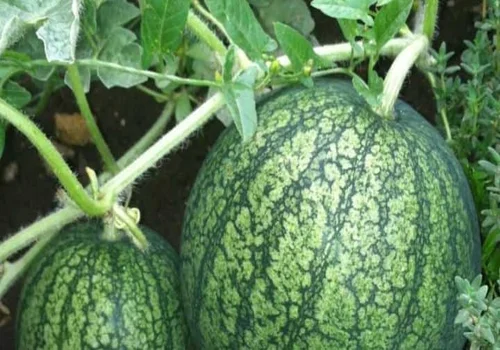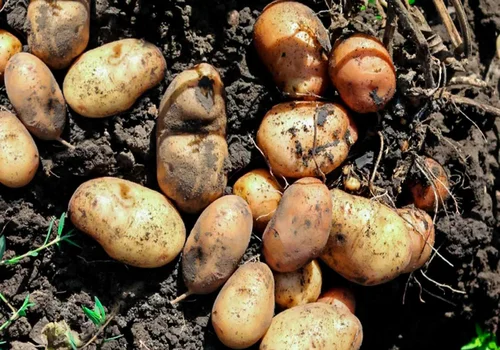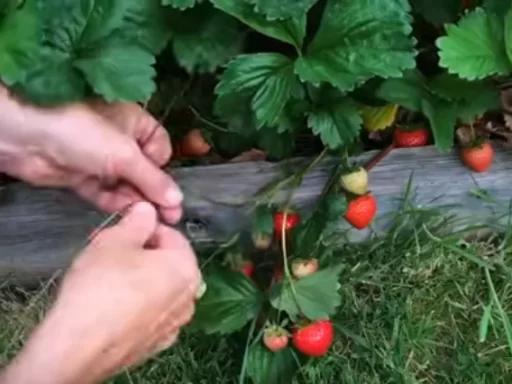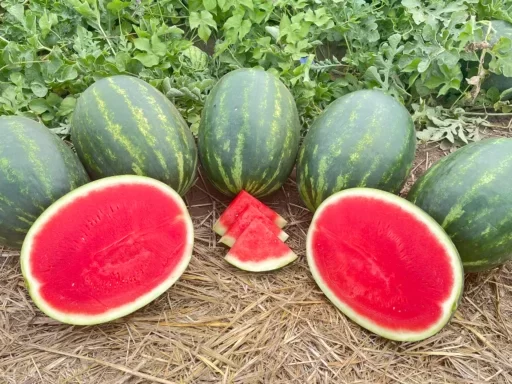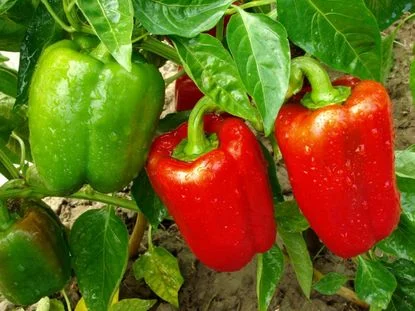Growing your own vegetable garden can be one of the most rewarding experiences in life. With a rich variety of flavors and health benefits, home-grown vegetables can elevate your meals and offer a unique satisfaction that store-bought produce cannot match. Whether you are a beginner or a seasoned gardener, there are key practices that can significantly enhance the productivity of your garden. Below, I share ten essential tips to ensure a thriving vegetable garden that yields healthy produce.
1. Healthy Soil: The Foundation of a Productive Garden
The quality of your soil plays a critical role in the overall health and productivity of your garden. Healthy soil is rich in nutrients and organic matter, providing a conducive environment for plants to grow. To improve soil quality, consider regularly adding organic matter such as well-rotted manure, compost, or leaf mold. These materials feed the beneficial microorganisms in the soil, enhancing its structure and fertility.
I recommend enriching your soil at least once a year, preferably in winter, to prepare for the growing season ahead. However, you can add organic matter at any time, even around existing crops. By nurturing your soil, you create a thriving ecosystem that supports your plants’ growth.
2. Starting Your Garden: Planning is Key
Starting a new garden or growing season can be thrilling, but it’s crucial to approach it thoughtfully. Avoid the scattergun approach of sowing seeds haphazardly, which can lead to overcrowding or choosing inappropriate crops for your climate or soil. Instead, take time to plan what you will grow.
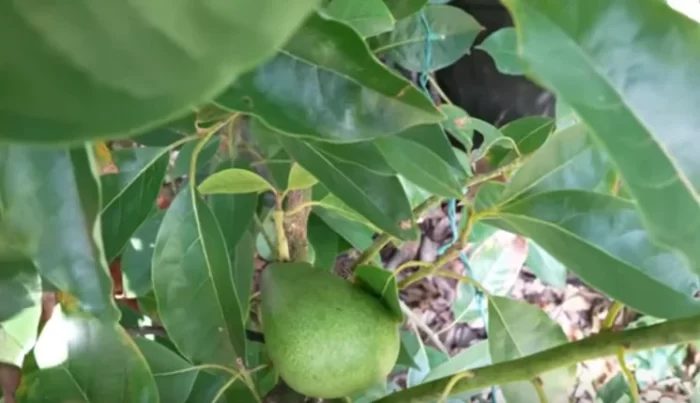
Consider planting vegetables that you enjoy eating and those that are costlier at the store. This strategy not only saves money but also maximizes the yield from your available space. Research the varieties that are suitable for your region and opt for pest or disease-resistant options to enhance your success.
3. Maximizing Space: Grow Upwards
When space is limited, growing vertically can help you maximize your garden’s productivity. Utilizing vertical space allows you to plant more crops in a smaller area. You can create bean arches, trellises, or use walls to support climbing plants. Natural materials such as branches or bamboo can serve as cost-effective supports for your plants.
Vertical gardening not only enhances the aesthetic appeal of your garden but also improves air circulation and sunlight exposure, benefiting your plants’ growth.
4. Buying Plants: A Smart Approach
For beginners, purchasing young plants or plug plants can be a great time-saver. This method bypasses the delicate early stages of growth, allowing you to enjoy a faster harvest. Warm-season crops, such as tomatoes and peppers, can particularly benefit from being purchased as young plants.
When buying plants, always check for strong, healthy specimens, and focus on higher-value vegetables to ensure that your investment pays off.
5. The Importance of Transplanting
While sowing seeds directly into the ground works well for certain crops, transplanting can provide significant advantages. Starting seedlings in a controlled environment, such as a greenhouse or indoors, often results in higher germination rates and healthier plants. You can manage spacing more accurately when transplanting, which is crucial for preventing overcrowding and maximizing yields.
Invest in sturdy trays that will last for years, as they are essential for growing seedlings before transferring them to your garden.
6. Weeding: A Necessary Routine
Weeds are an inevitable part of gardening, and managing them requires patience and consistency. Regular weeding sessions, even if just a few minutes each week, can keep your garden in good shape. Remember that some weeds are beneficial to wildlife, so it’s okay to allow them to flourish in less cultivated areas of your garden.
Additionally, it’s crucial to have realistic expectations regarding pests. Rather than trying to eradicate them completely, implement preventive measures such as slug traps or netting. Accept that setbacks will happen, but each failure is an opportunity to learn and improve for next time.
7. The Power of Mulching
One of the simplest yet most effective gardening techniques is mulching. By laying down a layer of organic material, such as straw, grass clippings, or wood chips, you can protect your soil and plants. Mulching helps retain moisture, suppress weeds, and improve soil fertility as it decomposes.
This low-tech method can save you time and effort while enhancing the overall health of your garden. Explore options that are easily available to you, whether they come from your own garden or local sources.
8. Cost-Effective Gardening: Saving Money
Gardening doesn’t have to be an expensive endeavor. In fact, many gardeners aim to save money by growing their own vegetables. Take advantage of free seeds from local seed swaps and repurpose old containers for planting. If you’re resourceful, you can find organic materials for soil enrichment without spending a dime.
By being creative and using what you have, you can keep your gardening costs low while still enjoying the benefits of home-grown produce.
9. Experimentation: The Key to Growth
Gardening is not just about following rules; it’s also about experimentation and discovery. Trying out new plants or methods can keep your gardening experience fresh and exciting. You may find a new vegetable that you love or a technique that transforms your approach to gardening.
Embrace the learning curve that comes with gardening. The more you engage with your garden, the more you’ll discover the vast array of possibilities within it.
10. Continuous Learning and Improvement
Lastly, remember that gardening is an ongoing journey. No matter how much you learn, there is always more to explore. Seek resources such as gardening books, articles, and forums to expand your knowledge. Consider joining gardening communities to share experiences and gain insights from fellow gardeners.
As you cultivate your garden, allow each season to teach you something new. By reflecting on your successes and challenges, you’ll continue to grow as a gardener.
Conclusion
Creating a productive vegetable garden is a fulfilling endeavor that requires thoughtful planning and dedication. By focusing on healthy soil, planning your crops, utilizing vertical space, and embracing experimentation, you can cultivate a garden that yields an abundance of fresh produce. Remember that gardening is a journey of learning and growth, so be patient with yourself as you navigate this rewarding experience.
Frequently Asked Questions
- What is the best time to start a vegetable garden?
- The best time to start a vegetable garden depends on your climate and the specific crops you want to grow. Generally, spring is ideal for most vegetables, but some can be sown in late summer for a fall harvest.
- How often should I water my vegetable garden?
- Watering needs vary by plant type and weather conditions, but most vegetables require about an inch of water per week. It’s best to water deeply and less frequently to encourage root growth.
- What can I do to improve the soil in my garden?
- You can improve your soil by adding organic matter, such as compost, well-rotted manure, or leaf mold. Testing your soil can also provide insights into nutrient deficiencies that need addressing.
- How can I control pests in my garden without chemicals?
- Implementing natural pest control methods, such as introducing beneficial insects, using physical barriers like row covers, and practicing crop rotation can help manage pests organically.
- Is it worth buying plants instead of starting from seeds?
- Yes, buying plants can save time and provide a head start in the growing season. It’s especially beneficial for crops that require a longer growing period, such as tomatoes and peppers.
- How do I choose the right vegetables for my garden?
- Choose vegetables based on your personal preferences, local climate, and the space available in your garden. Opt for varieties that are known to perform well in your area.
- What is the benefit of mulching my garden?
- Mulching helps retain soil moisture, suppress weeds, improve soil fertility as it decomposes, and protect plant roots from extreme temperatures.

